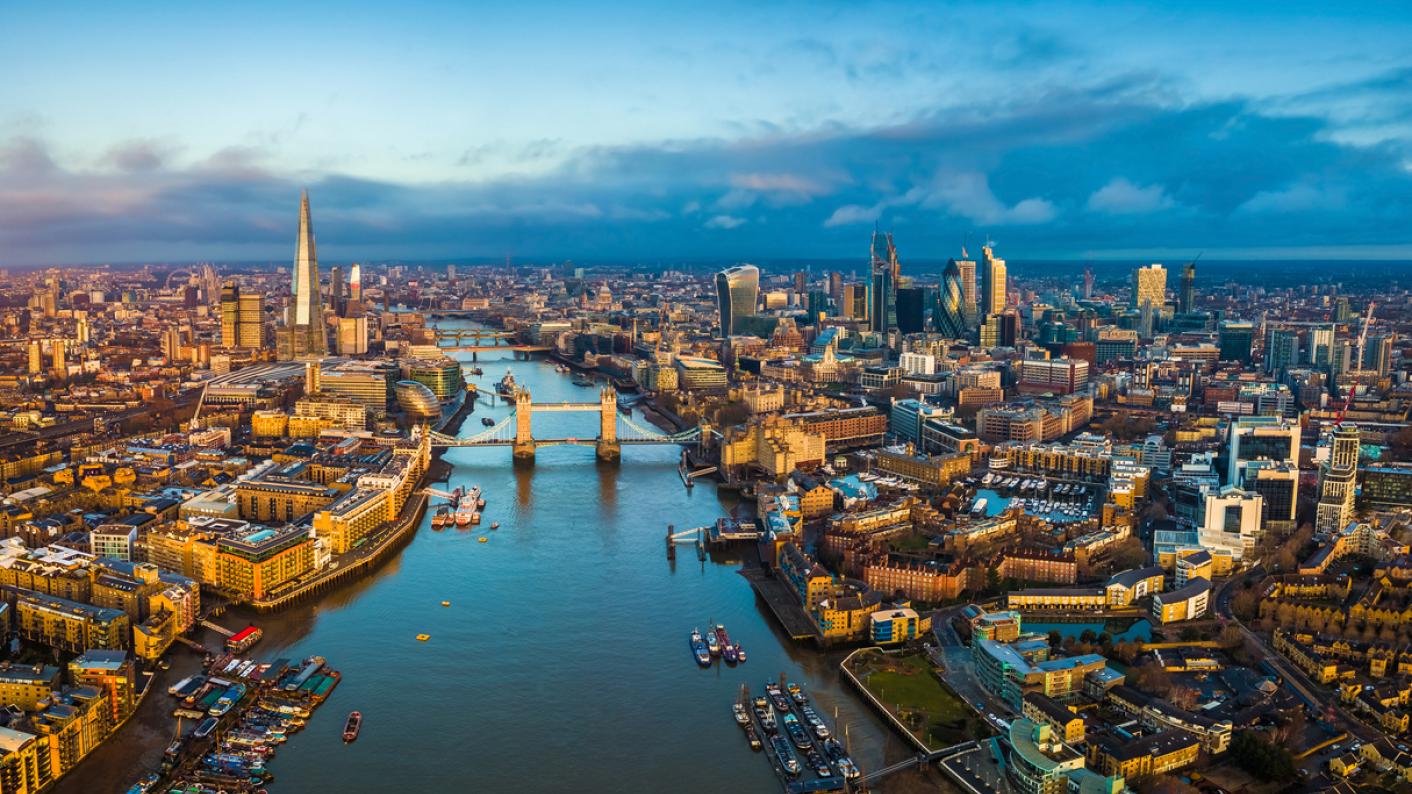Covering more than 600 square miles, London encompasses a vast and diverse variety of geographical, cultural and economic landscapes. From inner-city schools in the heart of Soho, the leafy suburbs of Wimbledon, or the historic East End, there are countless environments in which to live and work.
And wherever you end up, you’ll always be within striking distance of the heart of the city and its wealth of opportunities for culture, leisure, entertainment and much more. Here, we outline some of the key data points about London and what those who make their career there can expect.
Education
Inner London:
£44,164– The average salary of all teachers (more than £5,000 higher than the national average).
15.6 – The average number of pupils per teacher (below the national average of 17.9).
22.5 per cent – The amount of schools reporting a vacancy or temporarily filled post (almost double the national average of 11.9 per cent).
13 per cent – The amount of primary teachers leaving the profession (the highest rate in the country).
12.3 per cent – The amount of secondary teachers leaving the profession (the highest rate in the country).
16.2 per cent – The amount of teaching staff working part-time (significantly below the national average of 25.9 per cent).
Outer London:
£41,655– The average salary of all teachers (above the national average of £38,816).
17.7– Average number of pupils per teacher (just below the national average of 17.9).
24.8 per cent – The amount of schools reporting a vacancy or temporarily filled post (the highest in the country).
11.4 per cent – The amount of primary teachers leaving the profession (the second highest rate in the country).
11.1 per cent – The amount of secondary teachers leaving the profession (equal to the national average).
20.8 per cent – The amount of teaching staff working part time (second lowest in the country, behind Inner London).
Data taken from the Regional, LA and school tables: school workforce census 2017
Cost of living
£472,230 – The average of a house (almost double the national average for England of £244,567).
Data taken from the UK House Price Index January 2019
£30,898 – The average annual cost of living per household (almost £5,000 higher than the national average of £25,766).
Data taken from ABC Finance
What is it like living and working in London?
We spoke to teachers in London about life and work in the capital.
Trevor Smith, head of music, Woolwich Polytechnic:
“I ended up in London after meeting my wife, who had lived in the area for some years. I like the cultural mix, the diversity and the way neighbourhoods with very different characters are jostled together. There's always something going on.
“There's a misconception that London has a dearth of green space but actually, where we live in Bromley has green space than any other borough in London.
"This means it's easy to take the kids out for a kick around, or run around a playground, and all the parks have different characters. Kelsey, for example, has an incredible breeding colony of herons you can go and watch, while Crystal Palace Park has the famous Victorian dinosaur models.
“Culture-wise, it takes 20 minutes on the train from where we are to get to the South Bank. We try to go there at least once a month to see what's on.
"There's the Tate Modern, which is free and has a great bookshop; the BFI and the Royal Festival Hall, as well as a food market and regular festivals and events along the waterfront. The big museums (including Science and Natural History are further away in Kensington but we occasionally venture there, most recently to impress our dinosaur-crazy six year old.
“Being a music teacher and a former professional musician, I really value the fact that it's easy to get into central London for gigs, from tiny local venues to places such as the O2.
"A few years ago I was working as a deputy on a West End musical once or twice a month, something I could never have considered unless I was London-based.”
Claire Lotriet, assistant headteacher at Henwick Primary School, Greenwich:
"The best thing about London is the culture, the proximity to some of the world's greatest sights and the diversity. When considering working in London, the most important thing to remember is that London is essentially a collection of small villages that are joined together and each area is really quite different.
"I've taught in two local authorities in London and currently teach in Greenwich, which involves quite a long commute for me but I chose it because I enjoy the people I work with so much.
"When I moved from Croydon to Greenwich to a school that, on paper, looked quite similar to my first school, I mistakenly thought they'd be quite similar – I couldn't have been more wrong about that. The local area and its history has such an impact on a school community and I hadn't really thought about that.
"The Borough of Royal Greenwich is steeped in history and we've done lots of local history work with children around local places of interest like the Cutty Sark, Greenwich Observatory, Eltham Palace and the National Maritime Museum. You can also use public transport for free on most school trips, which is a bonus.
"Equally, you're well placed to get out of London and into the countryside if you need to as well. Teaching in London brings a richness with it, in terms of what's on offer but also the diversity of the school community, which is a huge strength for us all."
